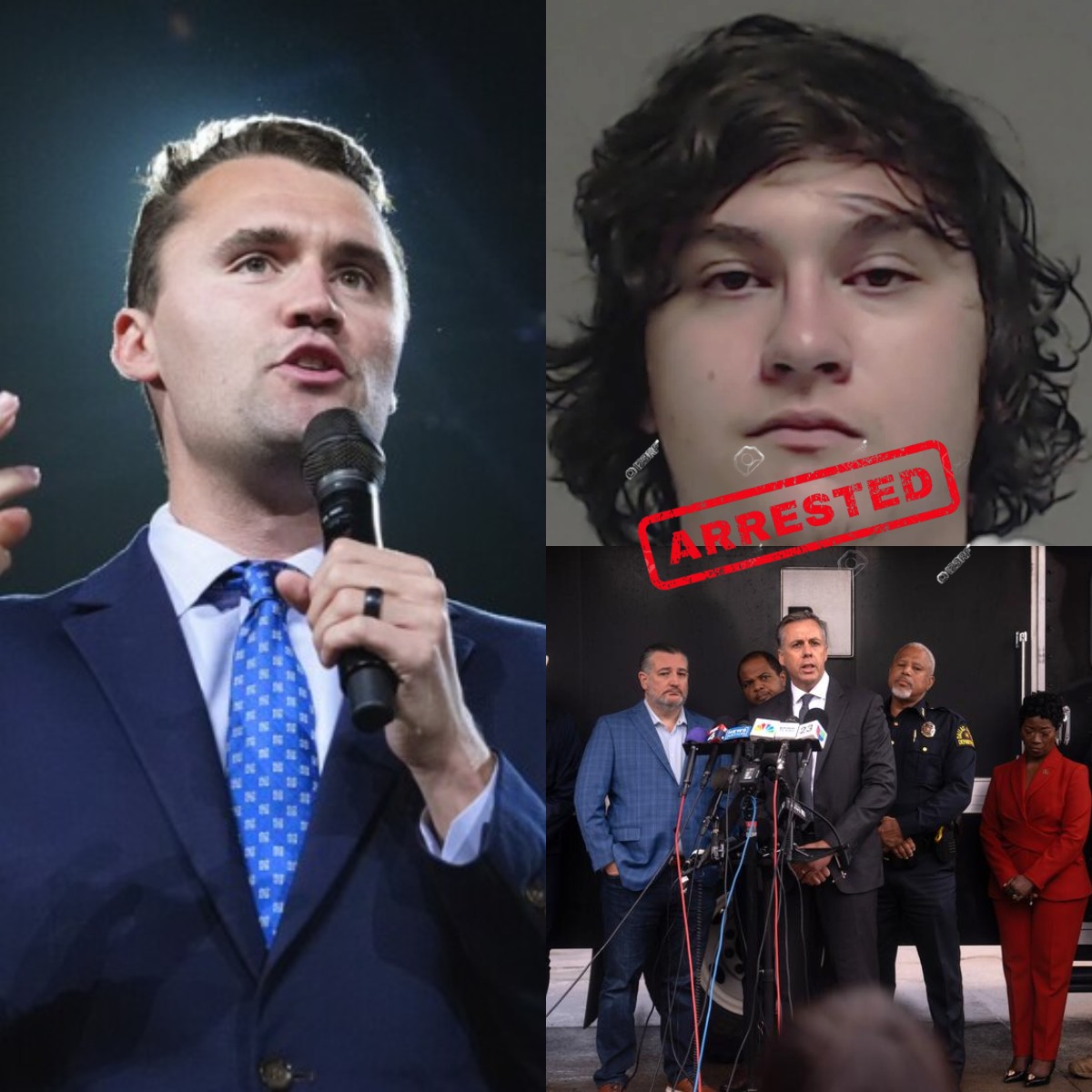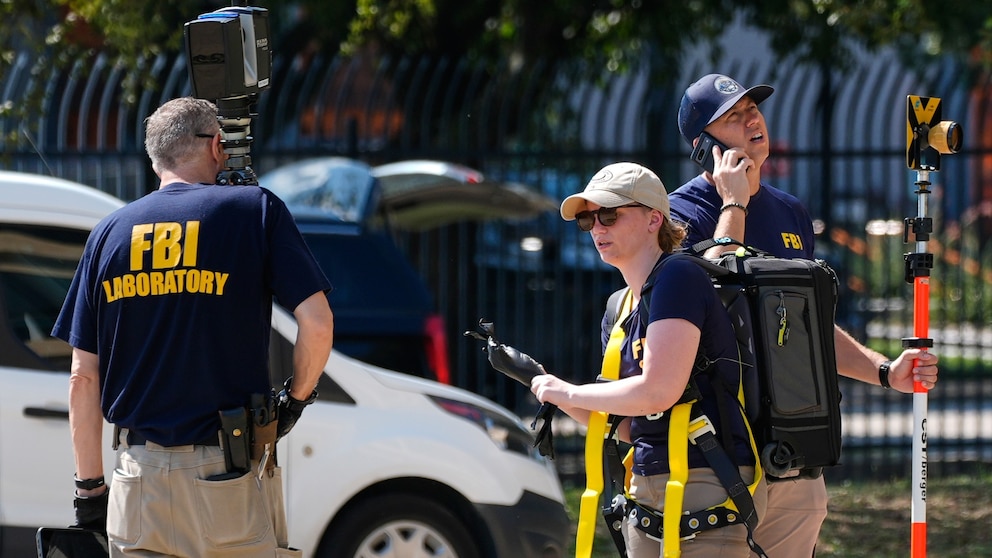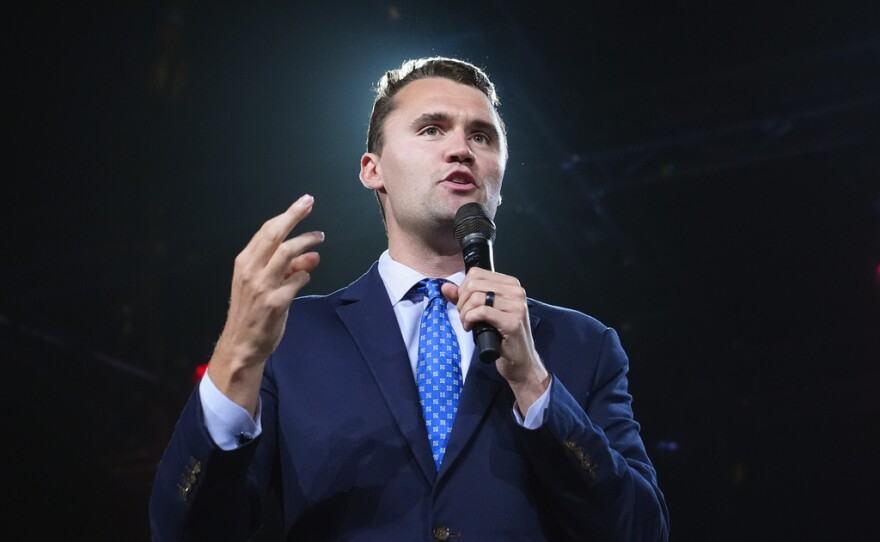
The nation is still reeling tonight after one of the most disturbing revelations in recent memory. The shooter behind the Dallas ICE facility attack has been arrested, and with him came a flood of evidence that paints a chilling picture of what he had planned. Police say they seized everything—his weapons, his journals, his maps—and inside those belongings lay secrets that have left both investigators and the public shaken.
Among the most shocking discoveries was a map of Salt Lake City. At first glance, it looked ordinary, a folded piece of paper like any traveler might carry. But when investigators unfolded it, their eyes locked on a red circle drawn in thick ink. The circle wasn’t random. It encircled the University of Utah.

This was no coincidence. Authorities now believe the shooter had been tracking the university, watching it carefully, marking it as if it was next in his line of sight. It wasn’t just a mark on a map—it was a signal of intent, a glimpse into the darkness of his mind. That revelation alone has been enough to send waves of fear through Salt Lake City, where students and families are now left wondering: were they being stalked by a man ready to unleash another wave of violence?
But the shock doesn’t end there. Investigators also uncovered evidence showing that, on the very day of the Dallas shooting, the gunman repeatedly watched videos of Charlie Kirk. His digital trail revealed a disturbing pattern: hours upon hours of replayed speeches, clips, and appearances. The connection between his obsession with the political commentator and the decision to act violently is now at the center of national debate.
/https://static.texastribune.org/media/files/a72fcffb78a55e09309b9507b5bf1358/20250924%20Dallas%20Ice%20Shooting%20JJ%2005.jpg)
For some, this revelation feels like a bomb dropped on an already fragile moment in America. Questions are echoing across television studios, social media feeds, and dinner tables. Did his obsession with Charlie Kirk influence his actions? Was this just one man’s twisted path, or part of a larger wave of anger and ideology boiling beneath the surface?
The Dallas attack had already rattled communities across the country. It wasn’t just the violence itself—it was the symbolism of the target: an ICE facility, a place that has long been caught in the crossfire of America’s most heated political battles. Now, with the map and the evidence linking him to the University of Utah, the terror feels even more personal, even more unpredictable.

For students in Salt Lake City, the image of that red circle is haunting. It’s a reminder of how fragile normal life can be. Walking to class, meeting friends, studying late in the library—suddenly all of it feels vulnerable, exposed to the possibility that someone could turn their world upside down in an instant. Parents are calling, checking on their children. Professors are asking themselves if their classrooms could have been in the line of fire. The anxiety is real, and it will linger.
Meanwhile, in Dallas, relief mixes uneasily with grief. Relief that the shooter is no longer free to harm anyone else, but grief for the lives already shattered by his actions. Law enforcement officials stand before cameras, their voices firm, assuring the public that the threat has been contained. But behind their eyes, the worry is clear. Contained doesn’t mean erased.

This story is not just about one man with a weapon. It’s about the ripple effect of violence, the way it spreads far beyond a single city or a single event. It touches families hundreds of miles away, it sows fear in communities that may never even meet, and it forces all of us to confront the unsettling truth: safety can feel like an illusion.
Tonight, the shooter is behind bars. His belongings are locked away as evidence. The map of Salt Lake City is no longer in his possession. But the image of it, the thick red circle around the University of Utah, remains burned into the public mind.
And as America processes this revelation, the questions only grow louder. How many more maps are out there? How many more circles have been drawn in secret? And how do we stop the next one from becoming a tragedy?

